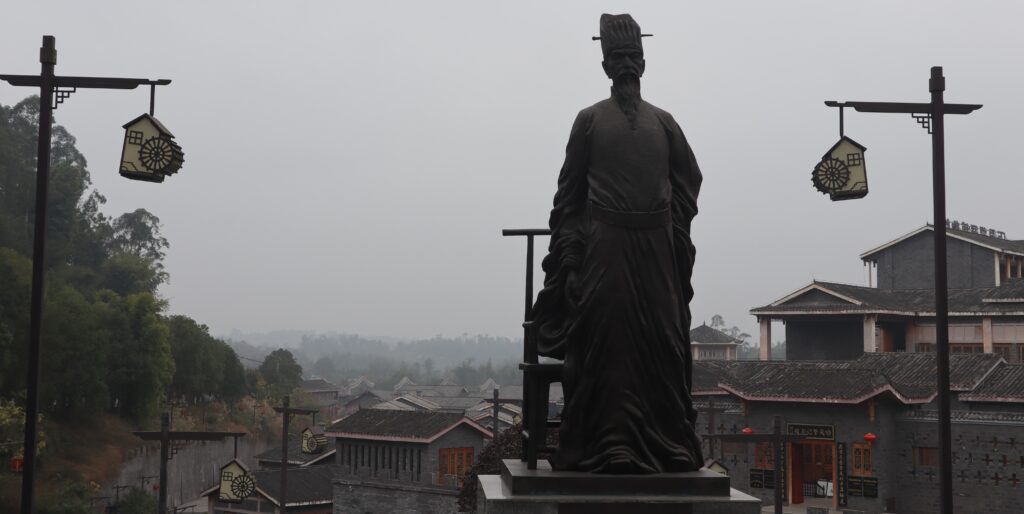
On the topic of ancient towns, my opinion is arbitrary, I just felt like over-analyzing it by examining the authenticity and purpose of these locations. At a high level, these places are mostly just aesthetic cultural attractions.
Styled after traditional Chinese architecture, with streets designed to guide high foot traffic towards shops and restaurants, ancient towns are deliberately quaint cultural attractions found throughout China. As with much of China’s rapid infrastructure development in recent decades, I view these cultural ancient towns as likewise rapidly and recently crafted (or restored) mini-towns – with a thick coat of revering paint. Probably every big Chinese city has at least several popular ancient town locations, and even cities and districts of smaller size often showcase a small ancient neighborhood.
These aren’t museums (or historical fairs or reenactment sites) though, they are genuine, small communities. People live all around: above and behind the shops, past the alleys, or the next street over. My guess is that they are usually the shopkeepers, cooks, owners, and custodians (and their families) of the very same establishments. The communities can have their own parts too, a small park, the main street, an agricultural space, a temple or shrine, maybe even a school or learning center. Just creep around a tiny bit and there may be a surprise or a shift in environment.
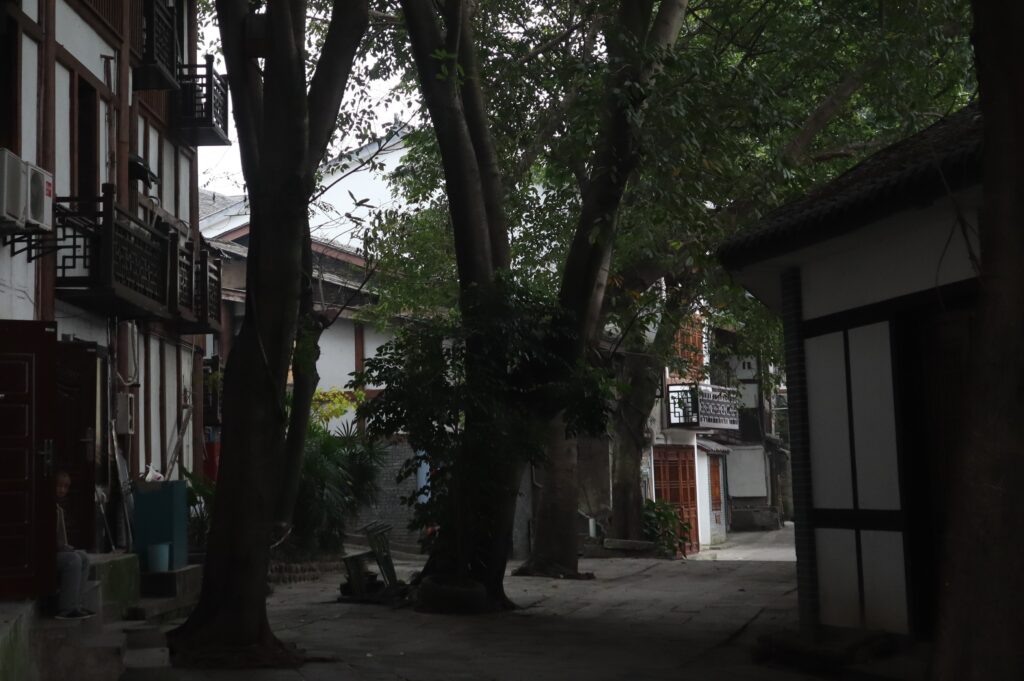
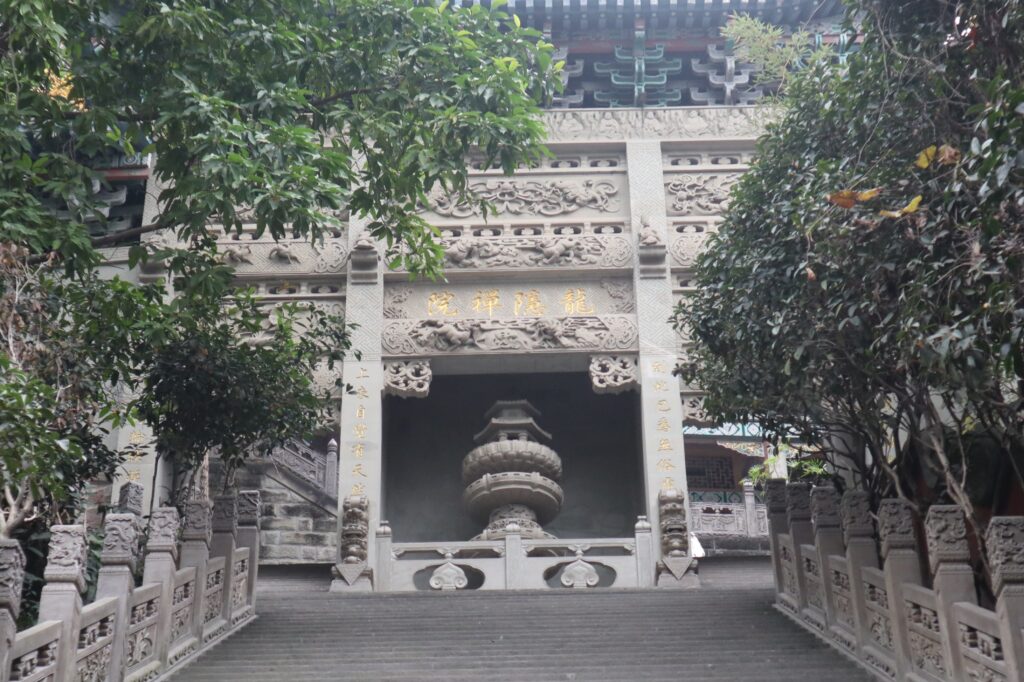
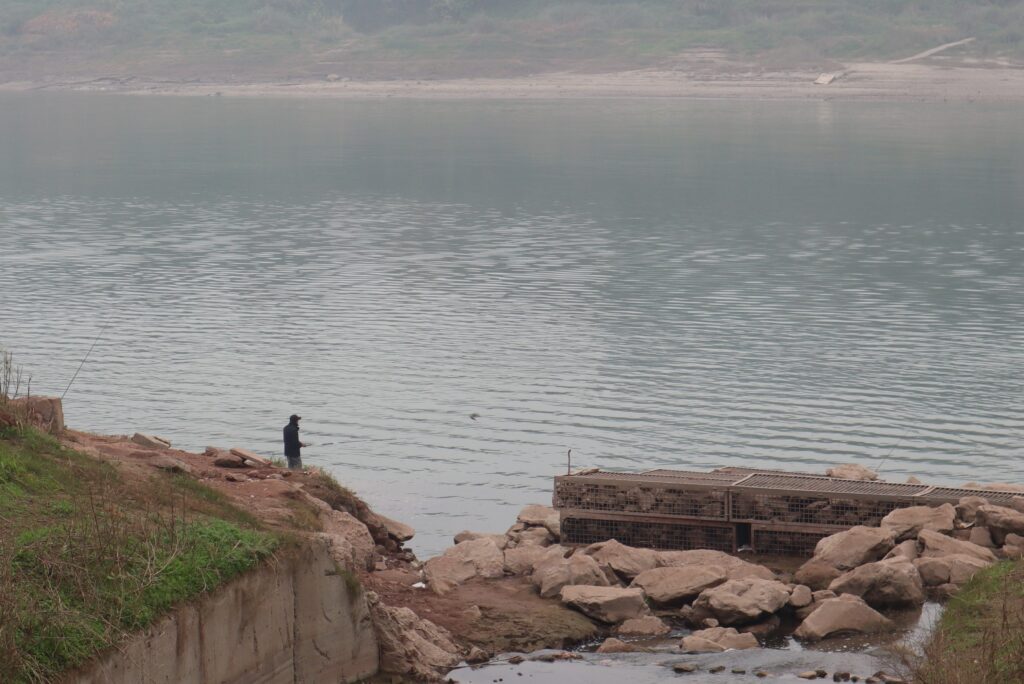
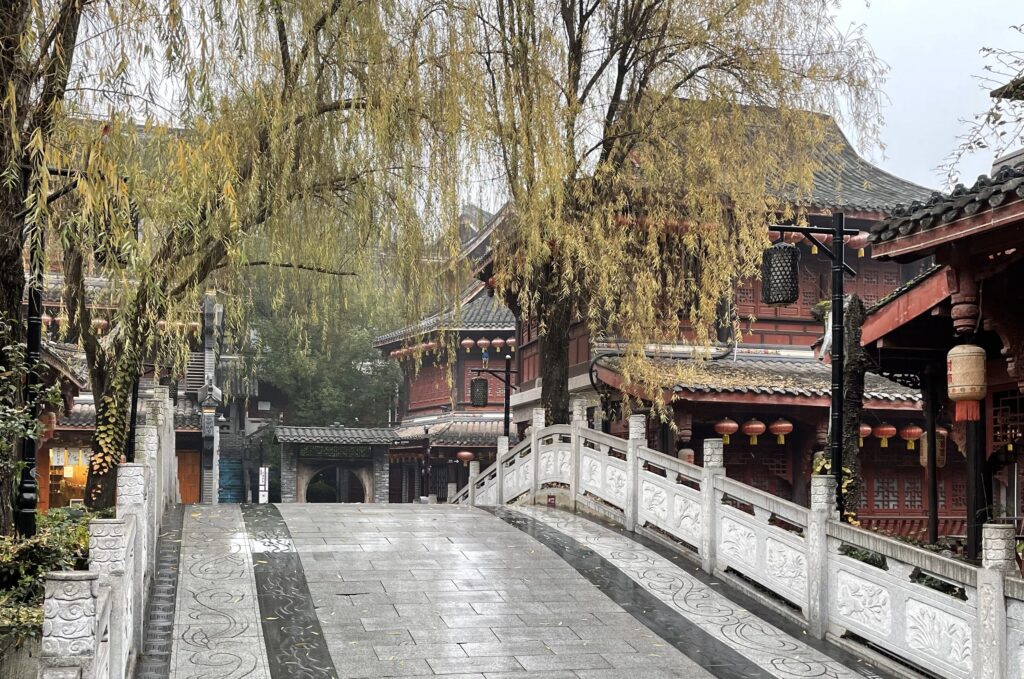
Visit enough of these and it might be sensible to divide ancient towns into categories. At least, based on atmosphere (I simply can’t attest to historical accuracy). While they all contain a stylized element for drawing interest and generating business, a few cases may be visibly more balanced toward venerating the local history. There is never any shortage of important landmarks and historical figures throughout a place like China.
One rough measuring stick could be to see if there are any (and how many) visitors modeling in traditional dress up for photoshoots, which is its own business in all the popular cultural locations. Newlyweds in customary garb can be found too, if a place is particularly scenic.
The following two ancient towns being compared are actually both inside the Chongqing municipal limits. Though one is near the inner city, while the other is essentially in the countryside (near Rongchang district).
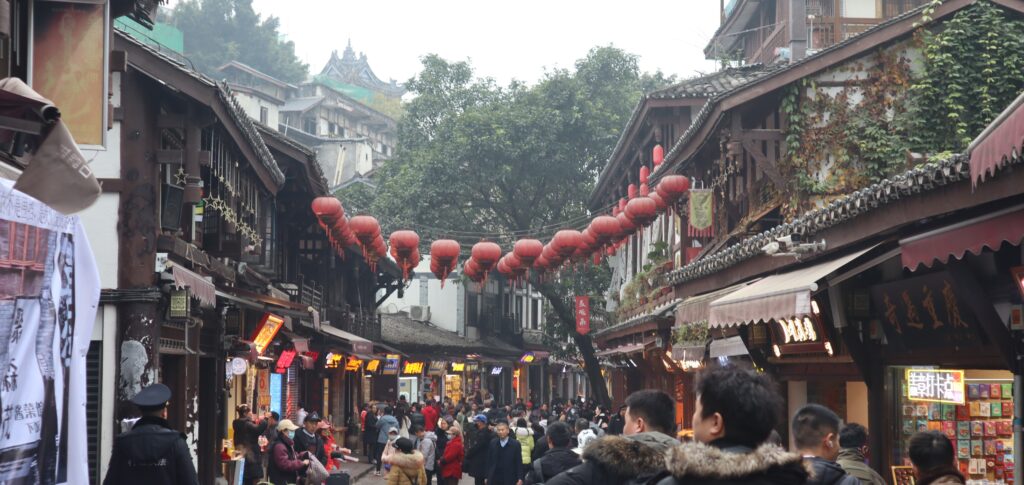
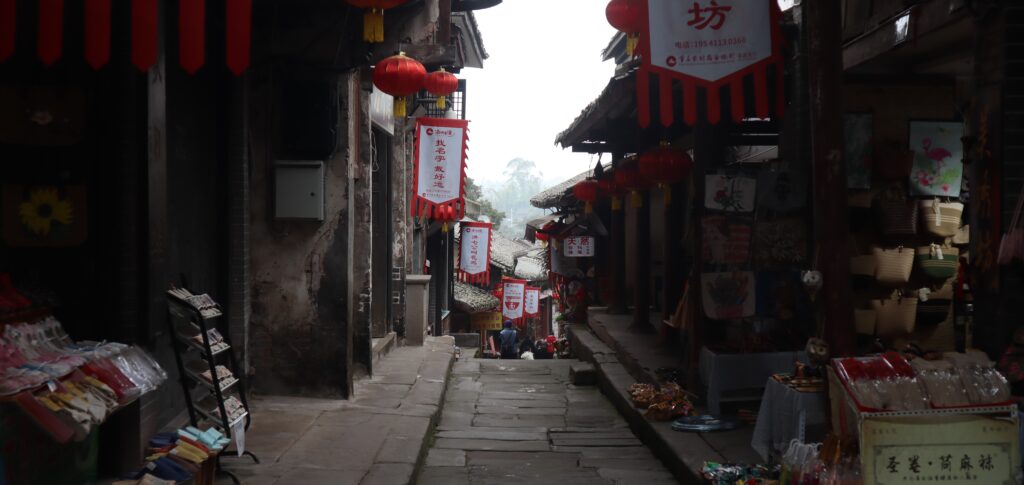
The more pastoral of the two ancient towns came to surprise me in its variety of offerings. As a material destination it’s kind of prosaic. It’s also kind of small and there are not many visitors (with a generally older demographic as well). But beyond its little “main street” are some interesting sights. Being by a lake helps, to be fair.
It still feels slightly commercialized, but also reasonably peaceful and communal. Seeing people live right on the “main street” does not seem crazy or unmanageable. On top of that, some other things come together here to minimize monotony.
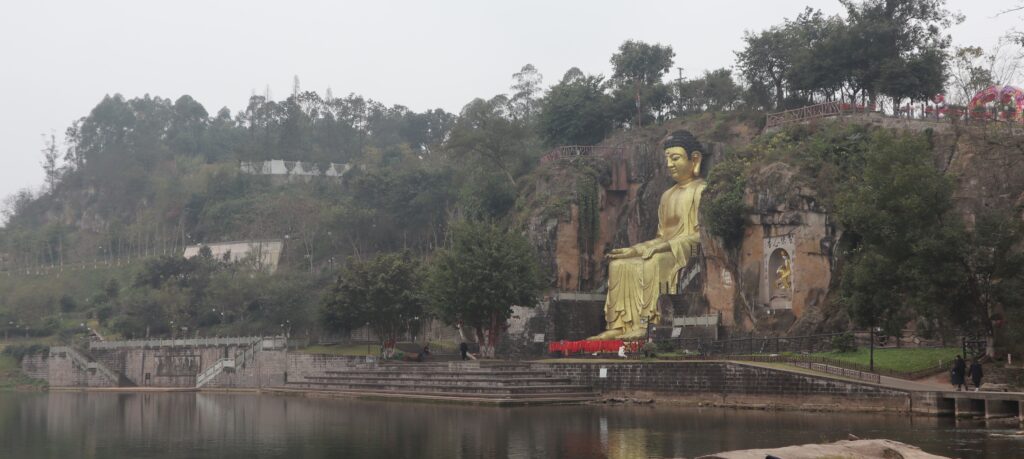
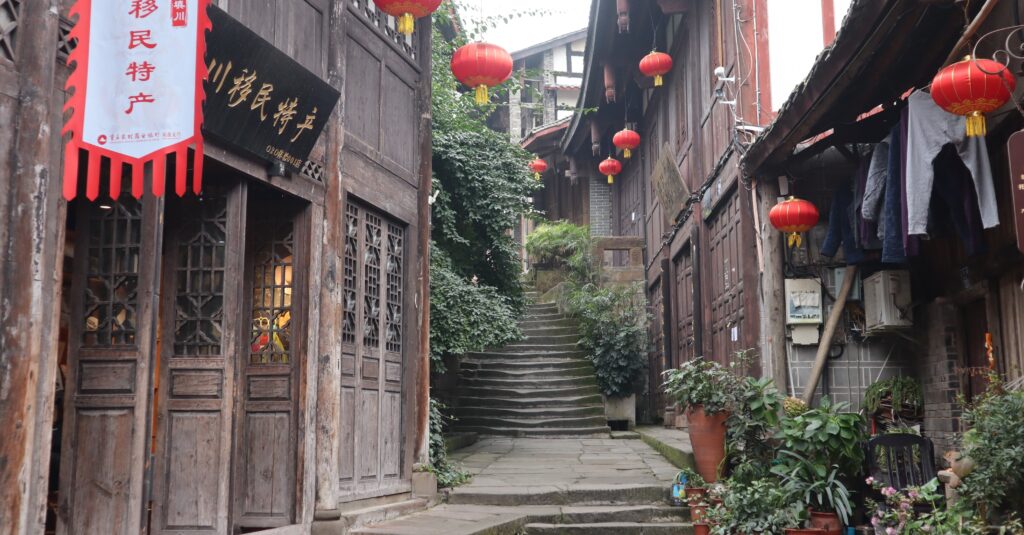
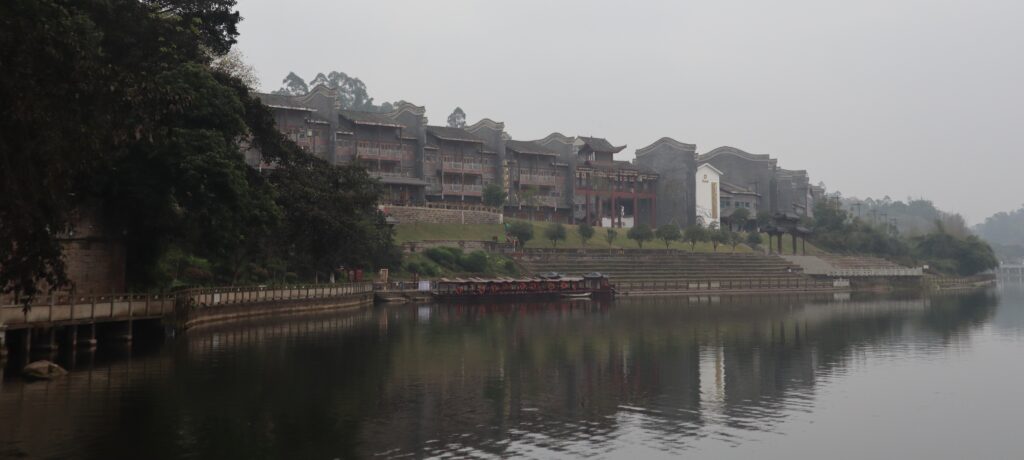
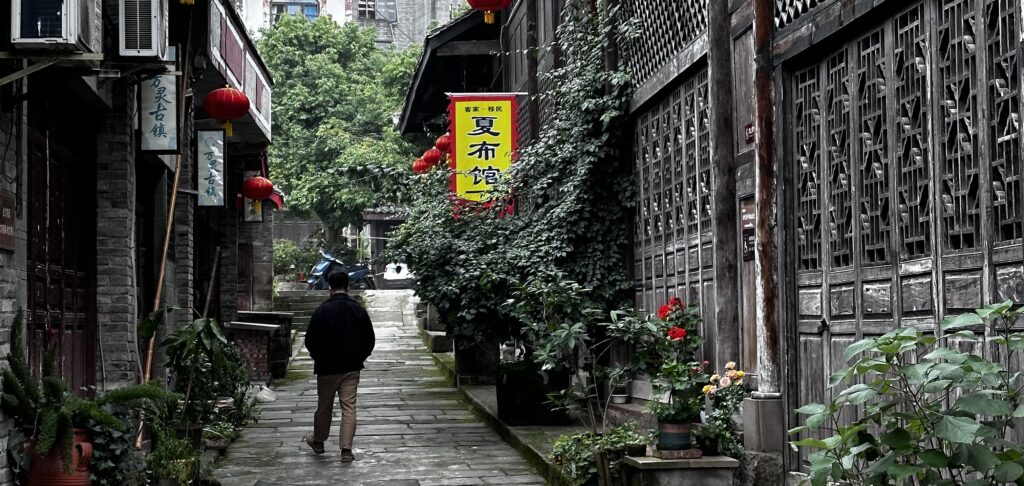
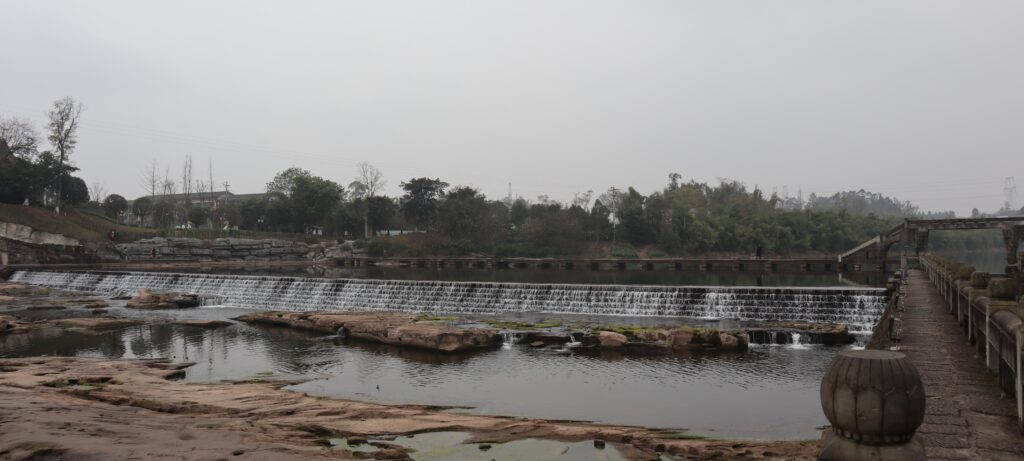
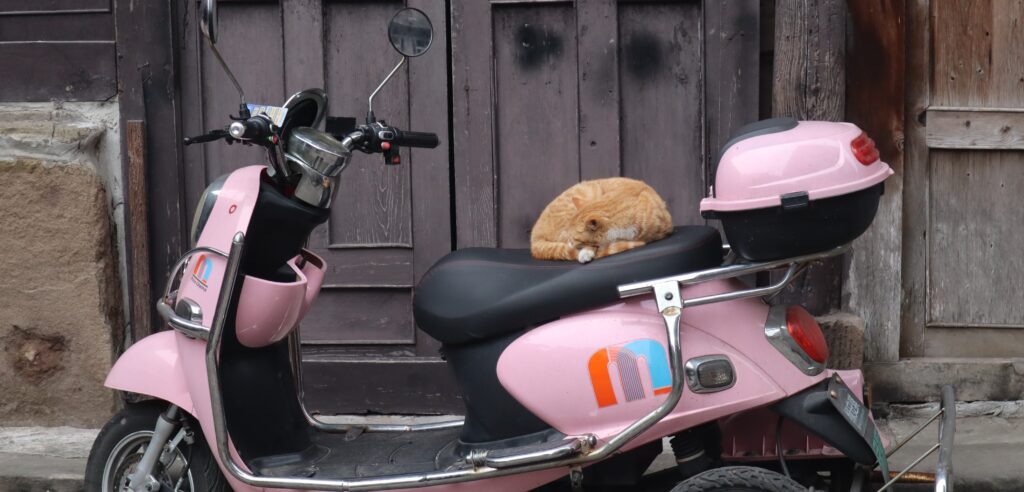
Another intriguing element worth documenting is the change over time. I am especially fortunate to have some old pictures of this particular destination, thanks to my Aunt X., who joined me for the visit. Her own photos are from 2009 (mine are from 2024).
2009 is certainly not ancient times, but 15 years can be a lot when it comes to how quickly places in China can develop.
When comparing after 15 years, the town emits a much more inviting mood. But it’s also clear the foundation has not changed. Perhaps solid evidence that a place can be invigorated without changing its identity. Though there was surely a concentrated effort needed.
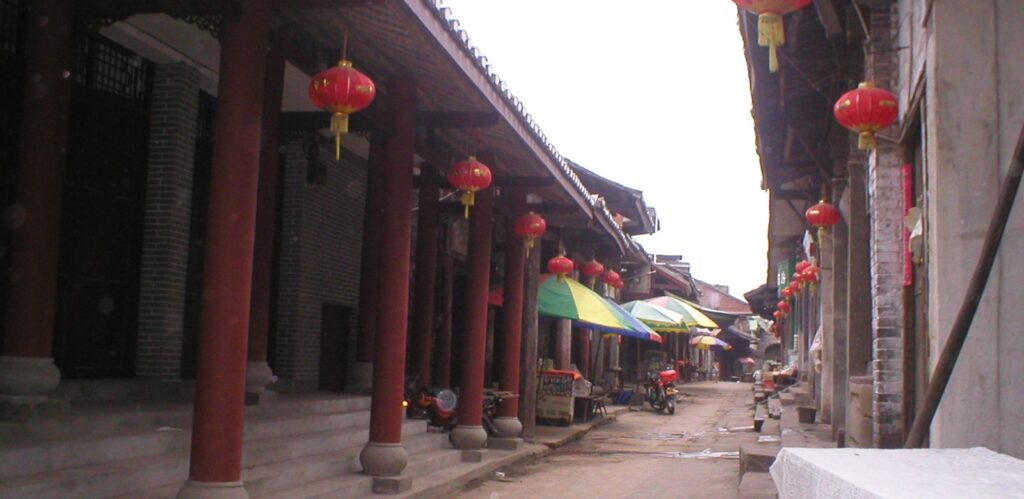
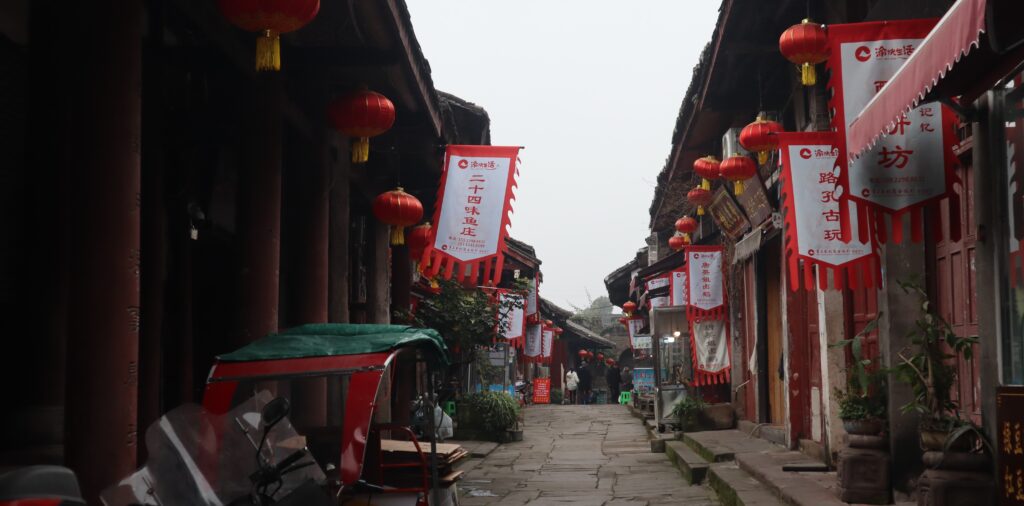
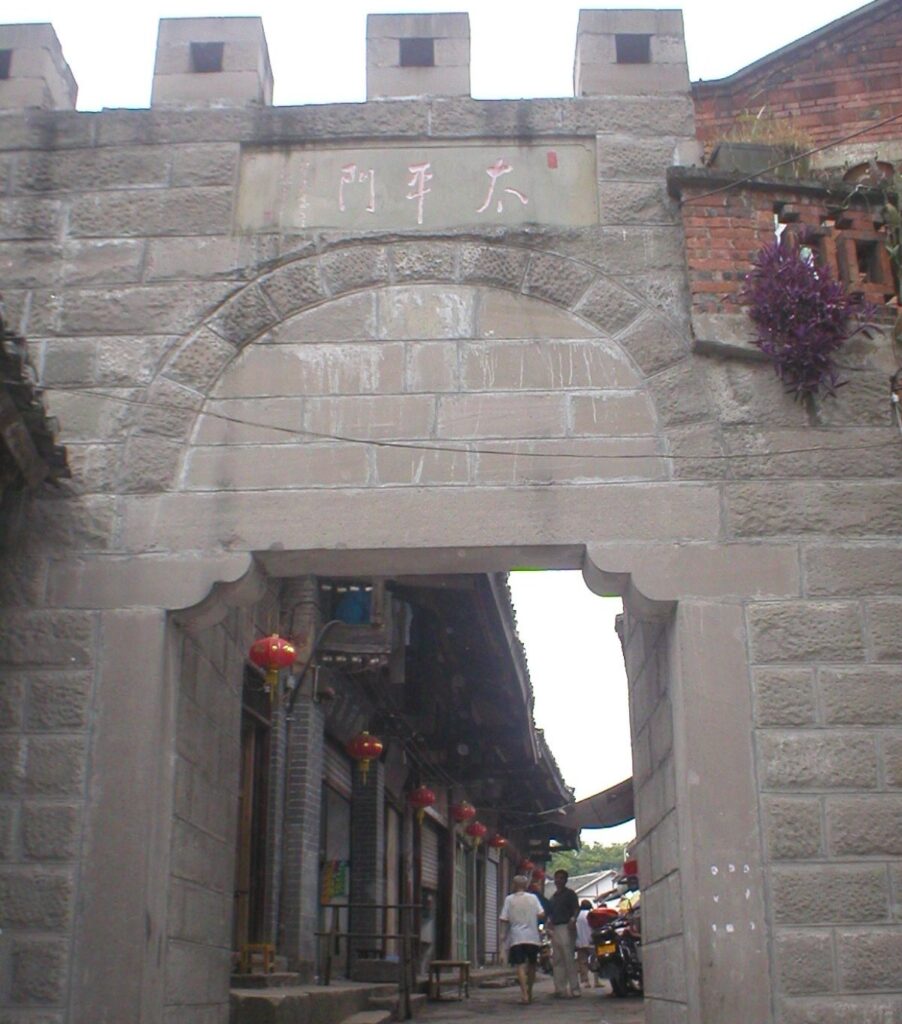
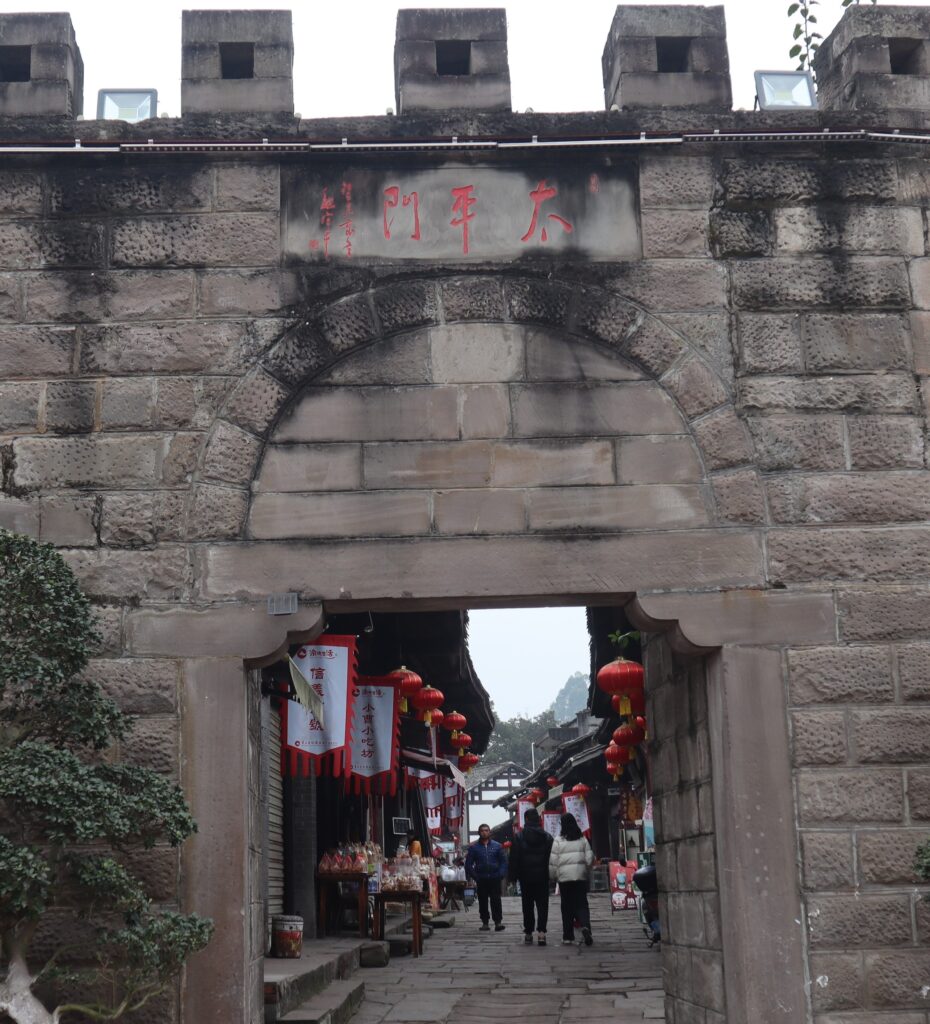
I don’t really know how well preserved the long-ago atmosphere actually is. We can all see stone walls and streets, traditional architecture and trinkets, but there’s also always a QR code, or a vehicle, or flashy lights, in view. However, at least the attempt to preserve deserves to be acknowledged, and most of these places are still free to walk around. So maybe some aspects can be saved from complete commodification.
But ultimately the direction of change, in all places, should be handled by locals – I am a visitor, after all.
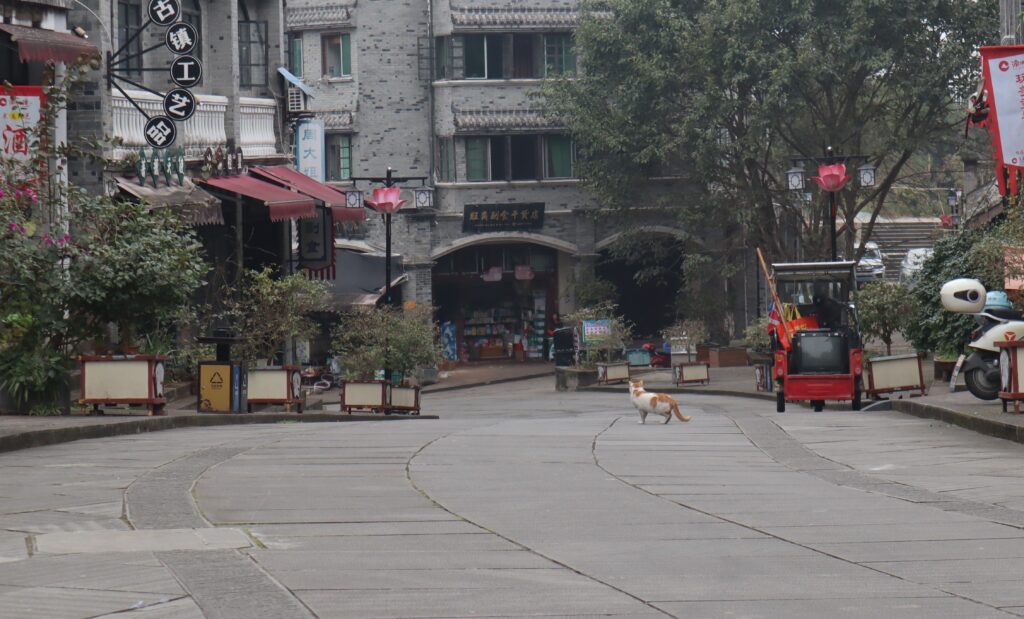

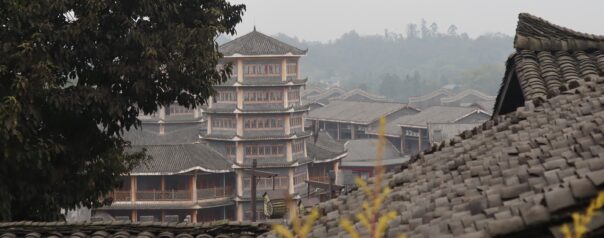
Leave a Reply